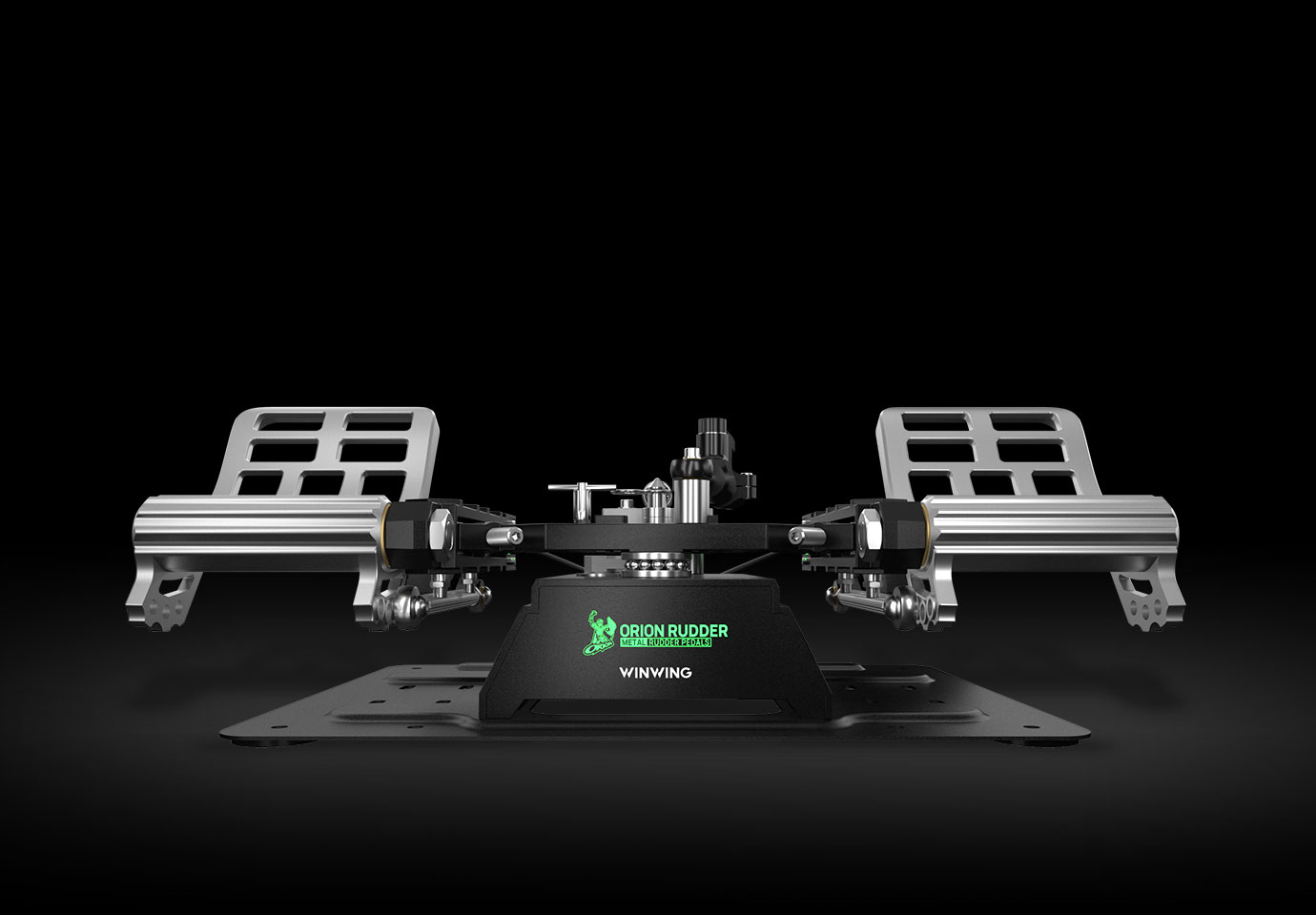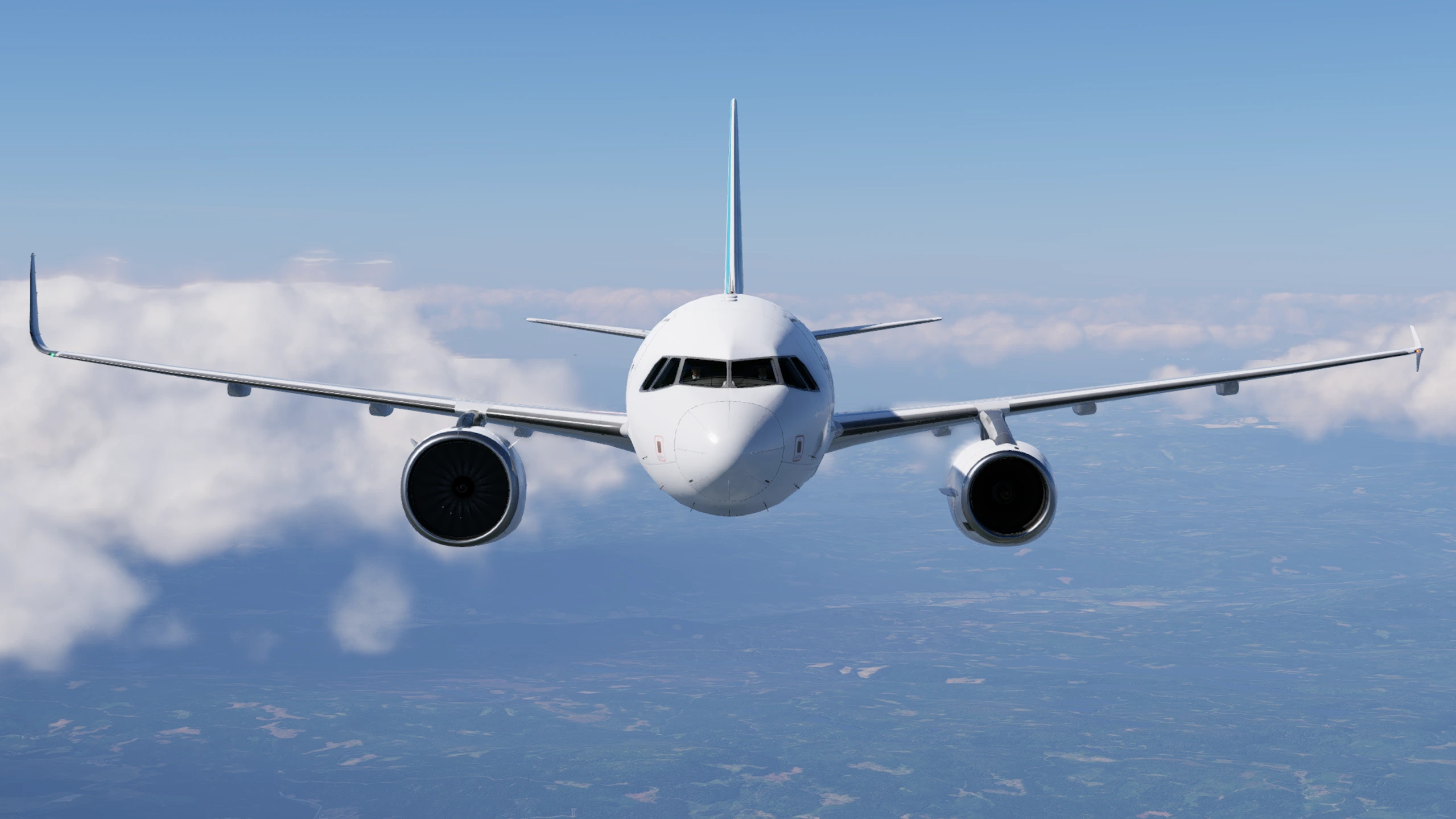Threshold Review: FlightFX Piaggio P.180 for MSFS 2020
March 10, 2025
Introduction
The Piaggio P.180 Avanti, specifically the P.180 Avanti II, is a private VIP aircraft designed by the Italian company Piaggio Aerospace. The Avanti is known for its unique appearance, featuring twin wing-mounted turboprop engines in a pusher configuration. It is a three-surface aircraft, featuring a foreplane (canard), a main central wing, and a tailplane (horizontal stabiliser). This aircraft accommodates up to nine passengers and is recognised as the fastest propeller-driven aircraft in the world. In late 2020, Piaggio announced that 246 P.180 Avanti aircraft had been produced.

The Avanti was conceived in the late 1970s as an innovative business aircraft, designed to provide the speed of a light jet while offering the benefits of a turboprop. The first flight occurred on September 23, 1986, and the aircraft entered service in 1990.

The Avanti II is an upgraded version of the original P.180. It included enhanced avionics, increased engine performance, higher maximum takeoff weight and a refined interior.
The FlightFX Piaggio P.180 was released on the sixth of February this year in the in-game marketplace, aiming to faithfully recreate the Italian aircraft.

First impressions
Before this experience, I had no prior knowledge of flying the Avanti, as I primarily flew airliners. However, I found the ProLine 21 avionics relatively easy to learn, in addition, the cockpit layout is quite standard. Even though this was my first time flying the Avanti, I was able to go from cold and dark to landing with relative ease. FlightFX has also stated that the aircraft is suitable for both beginners and experienced pilots, a sentiment I now definitely agree with.
Upon initial inspection, the modelling is impressive. Both the exterior and interior have clearly received a lot of attention. The cabin, in particular, stands out as the highlight. In my years of flight simming, I believe this is one of the best cabins I have ever seen. I was truly impressed. I also appreciated the ability to interact with switches by dragging the mouse instead of using the scroll wheel. It’s a small detail, but one that made a significant difference.

Aircraft systems
As previously mentioned, the Avanti II’s avionics made me feel right at home. Coupled with the integrated checklist, the learning experience is relatively easy. A PDF version of the checklist is also available for download from their website. If you are a seasoned flight simmer, you will not have any trouble flying this aircraft.
That said, the aircraft is highly capable, resembling a small airliner. It is fully equipped for IFR conditions, incorporating ILS, RNAV, LNAV, and VNAV. The CDU panel, located between the two pilots, is fully functional and includes keyboard support, which is greatly appreciated. All buttons needed for “normal flight” are fully functional, however, some things, like the circuit breakers, are not simulated.

The "Virtual Aircraft Management System" (the EFB) is quite basic but gets the job done. It features full Navigraph integration and an integrated OpenStreetMap view, which is great if you do not have a Navigraph subscription. The tablet can also be stowed, significantly improving visibility. Additionally, it allows you to adjust panel states and monitor engine health. However, failures are not simulated—if an engine’s health reaches 0%, it will simply shut off.

The systems are more than adequate for transporting you from point A to point B, and some may even classify the aircraft as "study level." The simulation of the systems is certainly satisfactory for me, and likely for 99 percent of flight sim enthusiasts out there. While this aircraft may lack detail for the remaining 1 percent, it still has one of, if not the most comprehensive system simulations I have encountered in its price class.

Flight model
The Piaggio P.180 is a light and powerful aircraft, which gives it a very nimble feel. Although I am not a real-life pilot and cannot comment on the specifics of the flight model compared to the actual aircraft, it feels accurate and behaves as I would expect. Flying the aircraft is satisfying, although it may be a bit sensitive at times. Its performance is, as expected, impressive; it is difficult to stall and relatively easy to land. Overall, it is simply a joy to fly.

Sounds
The sound design is outstanding. Every detail, from the clicking of buttons to the clacking of doors opening and closing, and the smooth action of drawers sliding in and out, has its own distinct sound. It ranks among the best audio experiences I have encountered in flight simulation. The tablet even includes an option to simulate an active noise-cancelling headset, eliminating the need to adjust the volume mixer once you reach cruising altitude. Developers, take note and implement this feature, this is how it should be done. The engines also sound great!

Exterior model
I was truly impressed by the exterior model. From the landing gear to the luggage compartment, it is evident that a significant amount of time has been dedicated to perfecting every detail. Even the smallest letters on the landing gear are fully readable. Both the main door and the luggage door are fully animated, and the EFB allows you to choose the type of luggage displayed inside the luggage compartment. Despite what you may subjectively feel about the look of this aircraft, there is no doubt that FlightFX has done a fantastic job recreating its look in the Flight Simulator.


Interior model
The interior model is where this aircraft truly excels. The modelling and texturing are beautifully done, and almost everything functions as it should. Every table, drawer, seat, and even the toilet has animations.

The light controls in the lavatory are also operational. Additionally, the EFB offers the option to select from three cabin types: standard, executive, or cluttered, each of them having random items like a laptop and magazines placed throughout the cabin. You can also choose from three different food services. Furthermore, the materials and colours of the cabin vary based on your chosen livery. The cabin is a work of art that showcases the skill of the modellers and texture artists at FlightFX. While it may not be the most important aspect of an aircraft, having such detail is certainly a delight. Wow, FlightFX, this is impressive.

The cockpit's texturing and modelling are also impressive. However, they do not quite reach the standards set by the cabin. While still good, some textures may appear slightly low resolution. Nevertheless, the modelling remains fantastic.

Performance
My computer is decently powerful, but by no means extreme. My setup includes an AMD Radeon RX 6750 XT (12GB), an Intel i9-11900f, and a 2TB SSD. I experienced no performance issues with the aircraft, maintaining around 40-50 FPS, even in more demanding and busy areas.

Conclusion
Although I usually do not enjoy flying general aviation aircraft, I had a fantastic experience flying the Piaggio P.180 Avanti. The aircraft is incredibly detailed, and any complaints I have are very minor. At a price of $24.99, it is an excellent deal. We have been waiting for the Piaggio P.180 Avanti for a long time, and it has finally arrived. The FlightFX P.180 receives a glowing review from me. If you enjoy flying this type of aircraft, look no further.

The aircraft is available exclusively for Microsoft Flight Simulator 2020, through the marketplace.
Thank you to FlightFX for providing a review copy! The developer has not had the opportunity to read the review before it was posted; all opinions are my own.

Share this page
COMMENT ADVISORY:
Threshold encourages informed discussion and debate - though this can only happen if all commenters remain civil when voicing their opinions.












